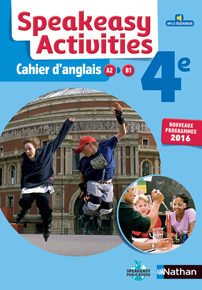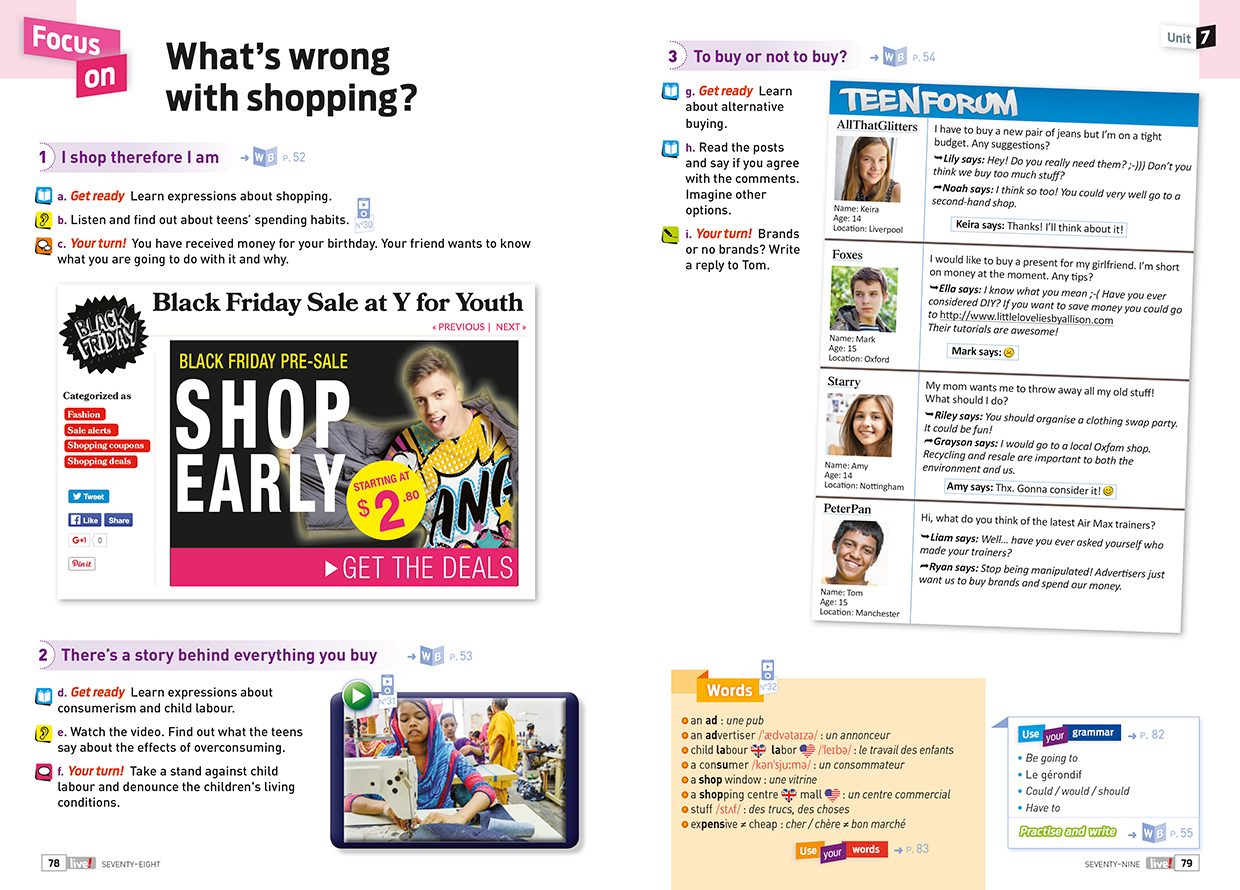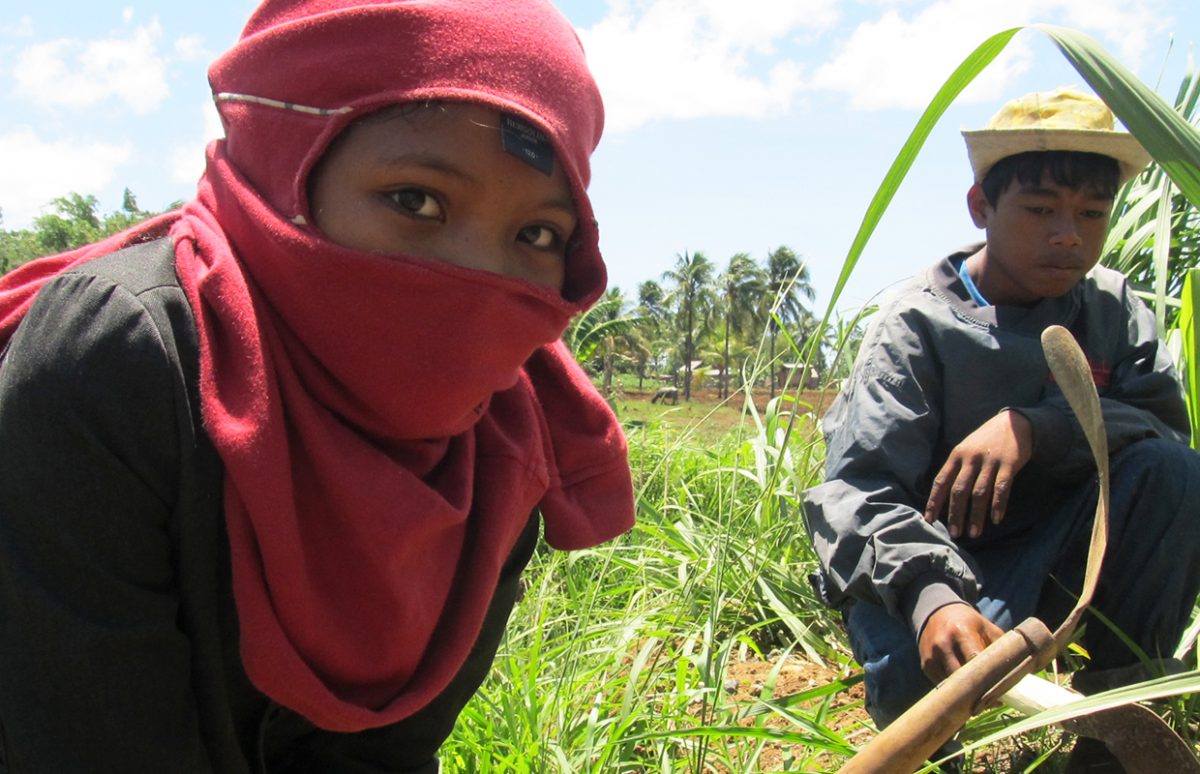For the United Nations World Day Against Child Labour on June 12, or any other time you want to discuss this important topic in class, here are some teaching resources for different levels.
The Australian NGO Worldvision has a teaching resource on child labour with downloadable worksheets and photo stories. Several of the topics have a worksheet and a photo kit (in fact a series of photos with captions). Generally, the photo kit can be used from A2, with the worksheets being B1. So they can be used for differentiated groups, or start with the photo story before moving onto the worksheet.
A2: What Types of Work do Child Labourers Do Photo Kit, How Does Child Labour Affect Children — India Case Study Photo Kit, What Can be Done to End Child Labour Photo Kit
B1: What is Child Labour worksheet (you could simplify it for A2), What Types of Work do Child Labourers Do worksheet, , How Does Child Labour Affect Children — India Case Study, What Can be Done to End Child Labour worksheet, Why Does Child Labour Occur — India Case Study and Photo Kit.
Footballs
This 30-second video from Unicef New Zealand has no text, spoken or written and is perfectly to the point. It can be used from A1+ to start a discussion about child labour, here making footballs. It could be included in a sequence with the fairtrade football resource below.
This downloadable film about Fairtrade footballs is perfect for classrooms. But main focus is on Fairtrade combatting child labour, and also on the concept of playing fair, which fits well into the EMC and parcours du citoyen curricula. There is a slideshow presentation of the same material. The slideshow works well at A2, and can then be followed by the film to review what was learned. Or assign the documents to different groups and have them compile what they learned. The part of the film covered in the presentation starts at 1’15”. The full film alone can be used from B1
 You'll find a sequence on Child Labour in the past and present in Speakeasy Activities 4e.
You'll find a sequence on Child Labour in the past and present in Speakeasy Activities 4e.
Pupils are introduced to the topic of Child Labour in the 19th century in the U.S. and the U.K. through the campaigning work of photographer Lewis W. Hine and author Charles Dickens. Then they learn about the situation today with an audio interview with a charity worker and written testimonies of young labourers before preparing an assembly presentation against child labour.
Clothes and Child Labour
For lycée students, this Unicef-sponsored mini-site by The Guardian is a very interesting document on child labour in the clothing industry.
 Find more on ethical consumption in Give me five! 4e
Find more on ethical consumption in Give me five! 4e
Unit 7 "Be a Smarter Consumer".
Download a sample page here.
Copyright(s) :
ILO
Tag(s) : "campaign" "child labour" "children's rights" "citizenship" "ethical consumption" "Fair trade" "Give Me Five 4e" "human rights" "Speakeasy Activites 4e"





